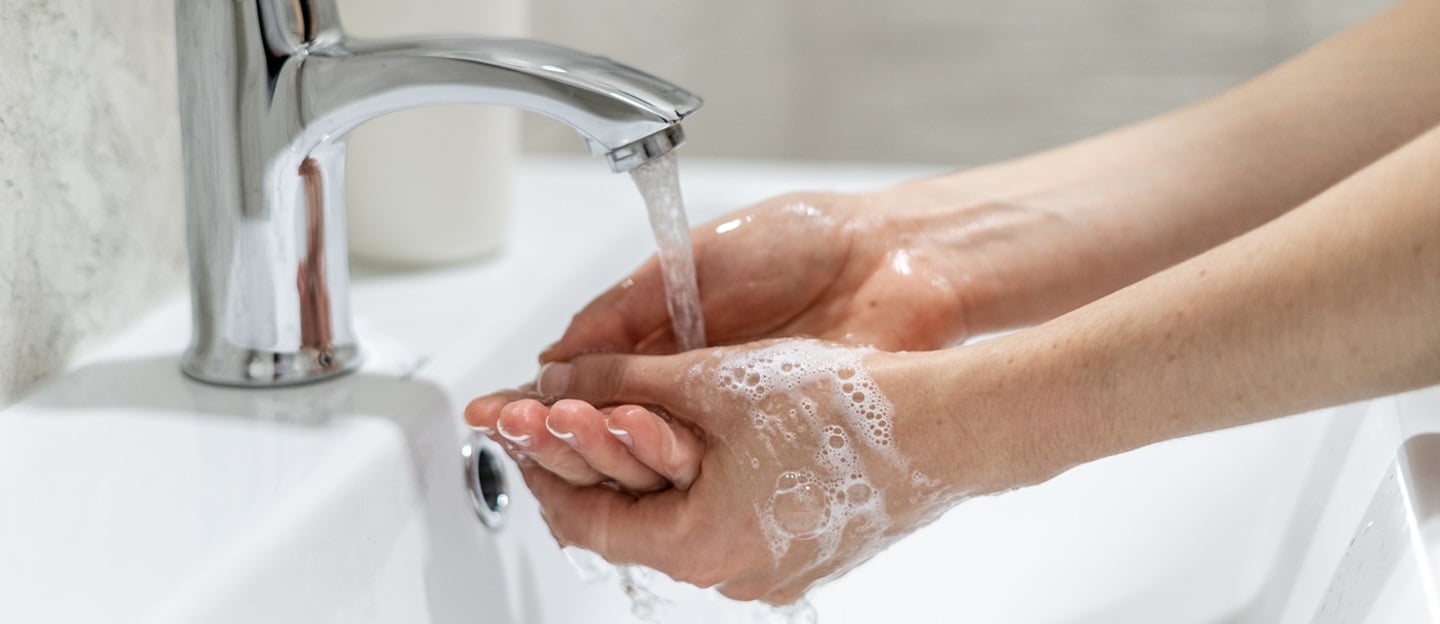Heat Pump: A Guide to Its Power Consumption
Heat pump: a guide to its power consumption
Fortunately, in recent times, technologies that reduce consumption without sacrificing comfort have become increasingly popular. Among the most cutting-edge systems, a prominent role is played by heat pumps, those devices used for domestic heating and hot water production, that capture heat from the external environment and transform it into ‘useful’ energy that would otherwise remain unused.
How heat pumps work
A heat pump transfers heat from the outside to the inside of a building, or vice versa, depending on whether it is in heating or cooling mode, through compression and expansion cycles of a refrigerant.
This process recovers free heat from the outside environment, which significantly reduces utility bills and greenhouse gas emissions.
Heat pumps do not use fuels to operate and therefore do not emit CO2. They do, however, use electricity: by choosing energy from renewable sources, heat pumps can achieve zero emissions. This makes them extremely efficient and environmentally friendly, ideal for those seeking sustainable solutions for heating and air conditioning their homes.
How much does a heat pump consume
The consumption of a heat pump varies depending on the phase of operation and can be measured using instruments such as a wattmeter.
For example, a heat pump that starts heating may consume more energy to reach the desired temperature quickly, then stabilise at a lower consumption once the temperature is maintained.
How much does a heat pump consume? For instance, a typical 5 kW heat pump can absorb between 500 W and 2,500 W, though its electricity consumption is not constant and varies greatly depending on the environmental conditions of use.
Initially, when the heat pump is switched on, it consumes more electricity - up to 2 kWh in the first hour - to quickly reach the desired temperature. When the chosen temperature is reached, consumption is reduced according to the demand required by the machine.
To calculate the consumption of a heat pump, it is best to refer to the power absorbed by the device, also stated in the instruction booklet.
To estimate the daily consumption of a heat pump, you can use the wattmeter, an instrument that allows you to find out the kWh a heat pump absorbs in a specific time interval and to quantify your expenditure when you learn the cost per kWh from your bill. To make use of the results of the wattmeter, simply plug it into a socket and connect it to the heat pump.
Your heat pump consumes too much? Here's how to optimize consumption
It is well-known that the efficiency of a heat pump depends partly on weather conditions and external temperatures.
Before choosing a heat pump and proceeding with the purchase, it is a good idea to check the heat pump's COP (Coefficient Of Performance), which shows the relationship between the heat output that can be generated and the electrical power that is used.
For example, if the heat pump provides 4 kW to the heating system, assimilating 1 kW, its COP is 4.
To concretely estimate the consumption and output of such a device, it is necessary to measure the seasonal efficiency (SPF OR SCOP). From the COP in the first design phase, an estimate of seasonal efficiency is calculated taking into account the actual conditions of activity of the pump on the heating system to which it is to be connected and considering certain factors, such as, in brief:
- the climatic zone
- the quality and efficiency of the heat pump
- the type of thermal system
- the accuracy of the design and installation of the system
In conclusion, making sure you understand the operation and consumption of a heat pump helps you make informed choices to optimise energy efficiency and reduce costs, while helping to protect the environment.





